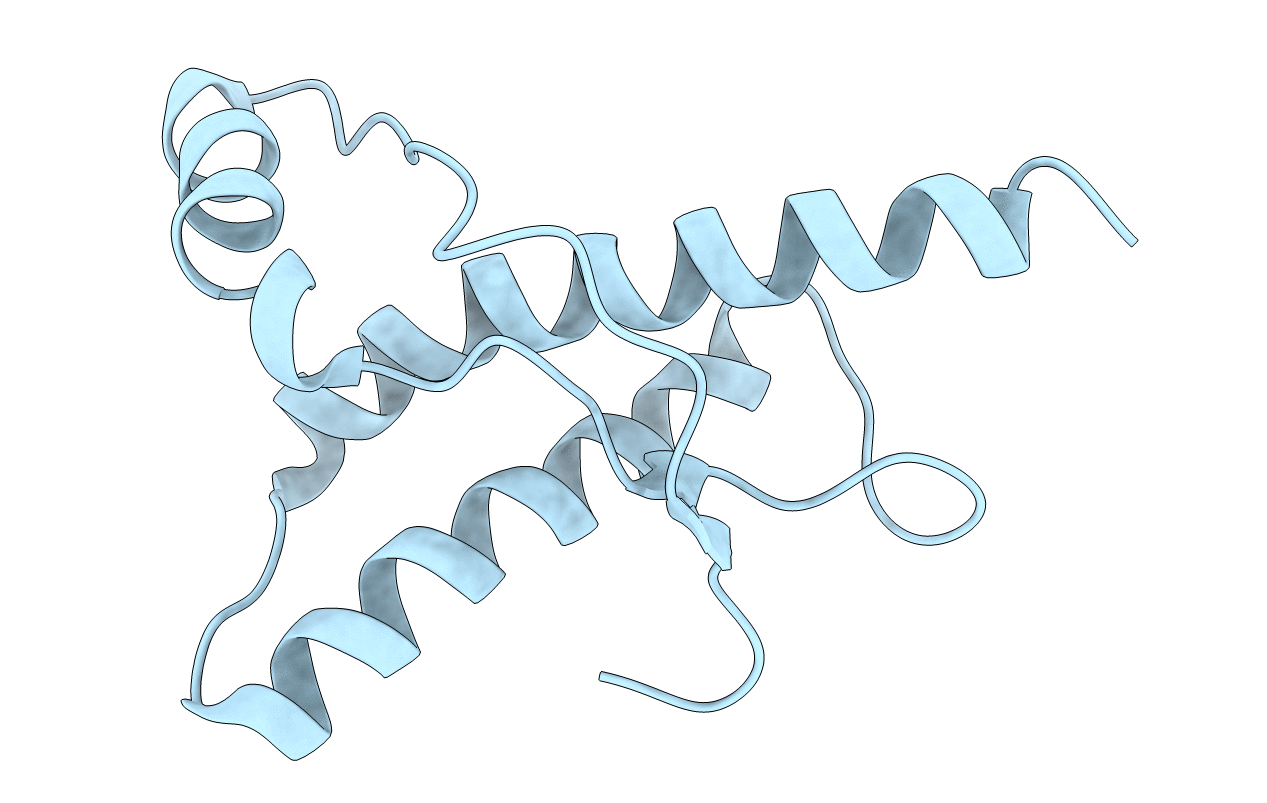
Deposition Date
2003-02-27
Release Date
2003-07-03
Last Version Date
2024-10-09
Method Details:
Experimental Method:
Conformers Calculated:
20
Conformers Submitted:
1
Selection Criteria:
LOWER TARGET FUNCTION


